The iPhone's transition to USB-C is practically inevitable. In EU countries, the popular "label" has just been designated as a uniform standard that manufacturers must use in the case of personal electronics. In this regard, the most talked about is the final fate of future iPhones, for which Apple will finally have to abandon its Lightning. The European Parliament has finally approved a proposal according to which all phones sold in the EU must have a USB-C connector, specifically from the end of 2024.
It could be interest you
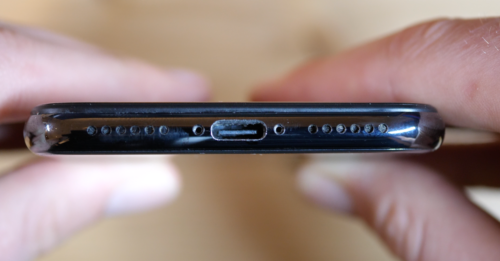
The decision will thus only apply to the iPhone 16. Even so, respected analysts and leakers claim that Apple does not intend to delay and will deploy the new connector as early as next year, i.e. with the iPhone 15 generation. However, the change does not apply only to phones. As already mentioned in the introduction, this is all personal electronics, which can include, for example, wireless headphones, tablets, laptops, cameras and a number of other categories. Let's therefore shed some light together on which Apple devices we can expect to change in this direction.
Apple and its approach to USB-C
Although Apple resisted the move to USB-C tooth and nail for its iPhones, it responded several years earlier for other products. We first saw this connector in 2015 on the MacBook, and a year later it became the new standard for the MacBook Pro and MacBook Air. Since then, USB-C ports have been an integral part of Apple computers, where they have literally displaced all other connectors.
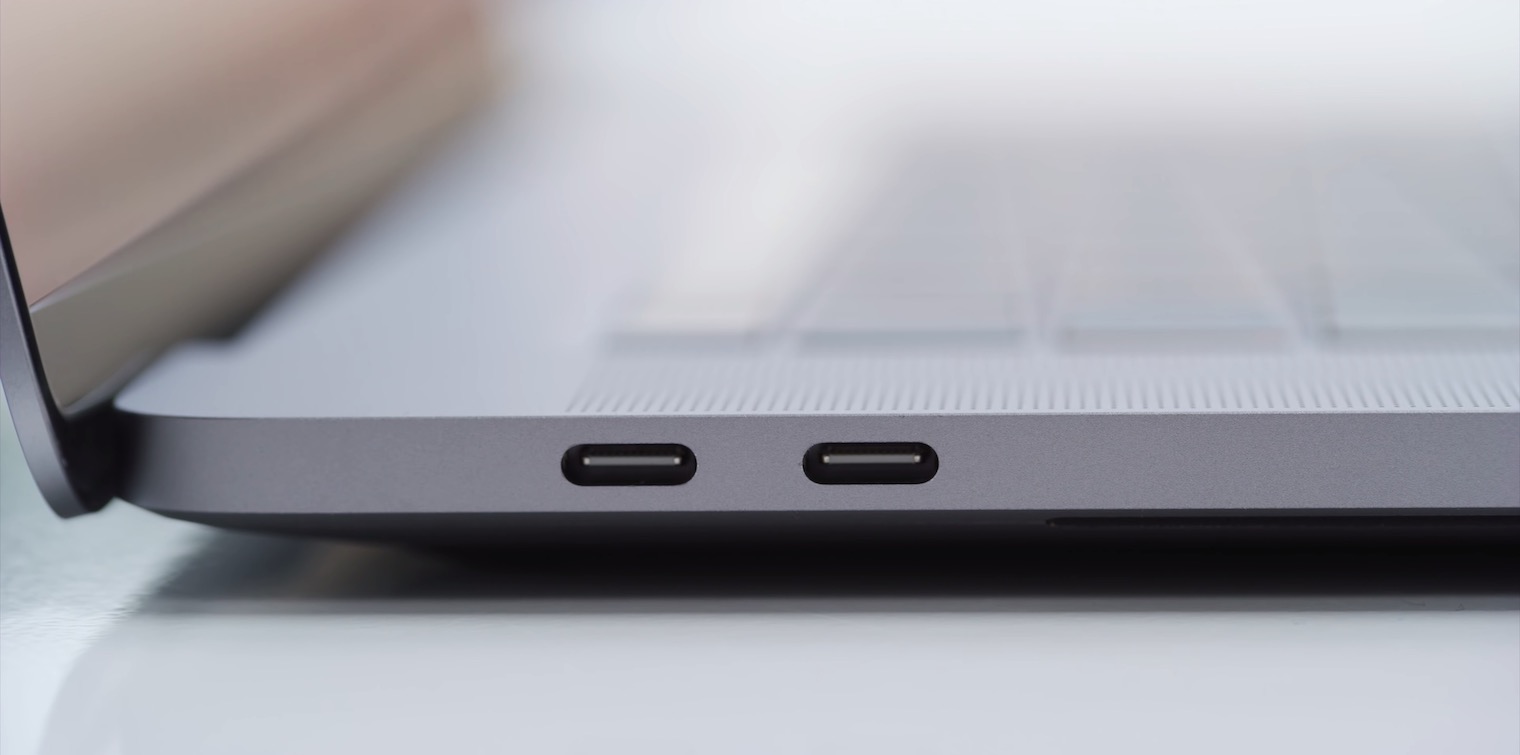
In that case, however, it was not a transition from Lightning itself. We could see it with the iPad Pro (2018), iPad Air (2020) and iPad mini (2021). The situation with these tablets is more or less similar to the iPhone. Both models previously relied on their own Lightning connector. However, due to the technological shift, the growing popularity of USB-C and its possibilities, Apple had to abandon its own solution in the final and deploy a standard in time that significantly expands the capabilities of the entire device. This clearly shows that USB-C is nothing new for Apple at all.
Products awaiting the transition to USB-C
Now let's focus on the most important thing, or which Apple products will see the transition to USB-C. In addition to the iPhone, there will be a number of other products. You may have already thought that in the range of Apple tablets we can still find one model that, as the only representative of the iPad family, still relies on Lightning. Specifically, it is a basic iPad. However, the question is whether it will receive a similar redesign as the other models, or whether Apple will keep its form and only use a newer connector.
It could be interest you
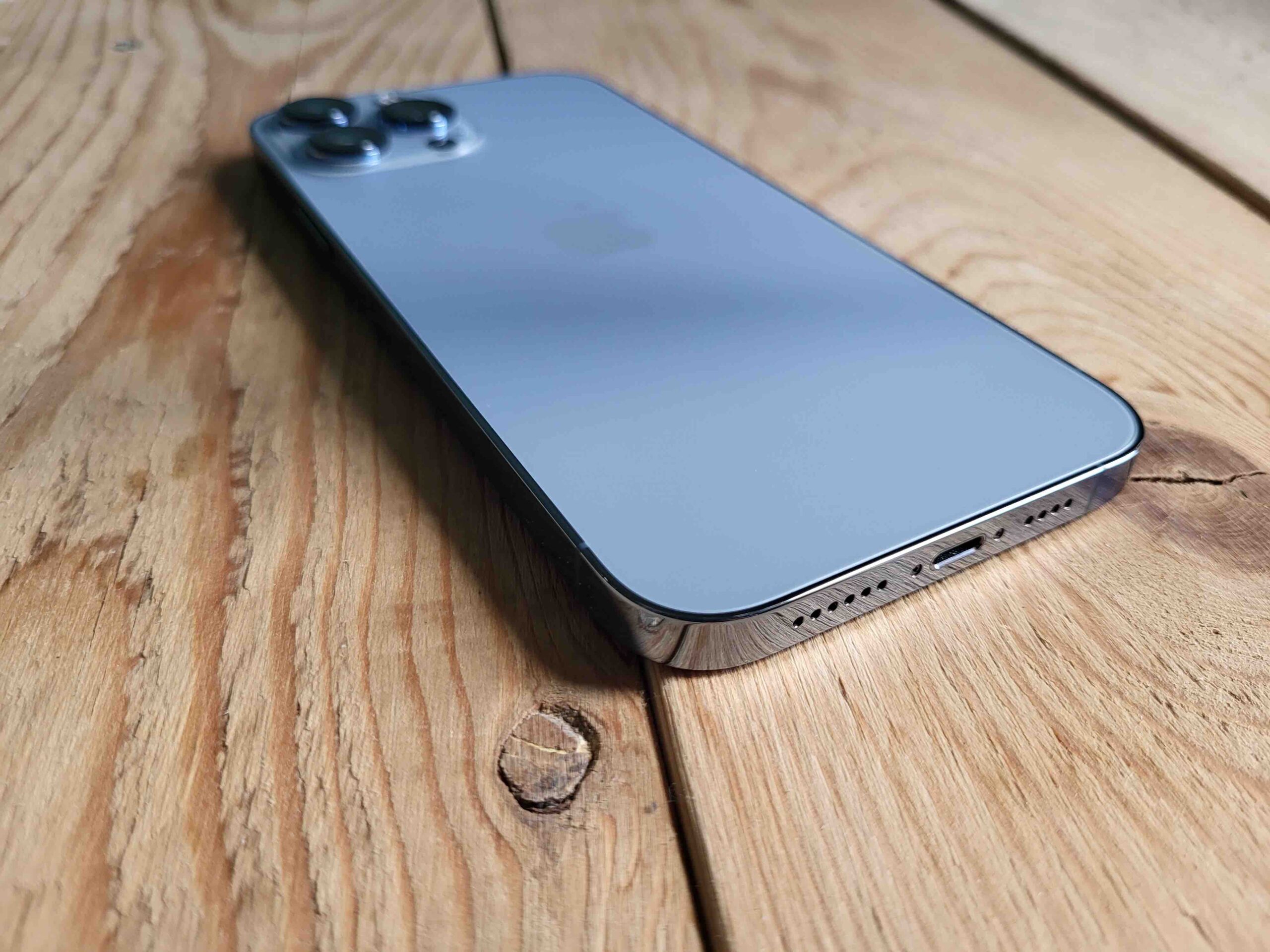
Of course, Apple AirPods are another adept. Although their charging cases can also be charged wirelessly (Qi and MagSafe), of course they also lack a traditional Lightning connector. But these days will soon be over. Although this is the end of the main products – with the switch to USB-C for iPhones, iPads and AirPods – the change will also affect a number of other accessories. In this case, we specifically mean accessories for apple computers. The Magic Mouse, Magic Trackpad and Magic Keyboard will apparently get a new port.
 Flying around the world with Apple
Flying around the world with Apple 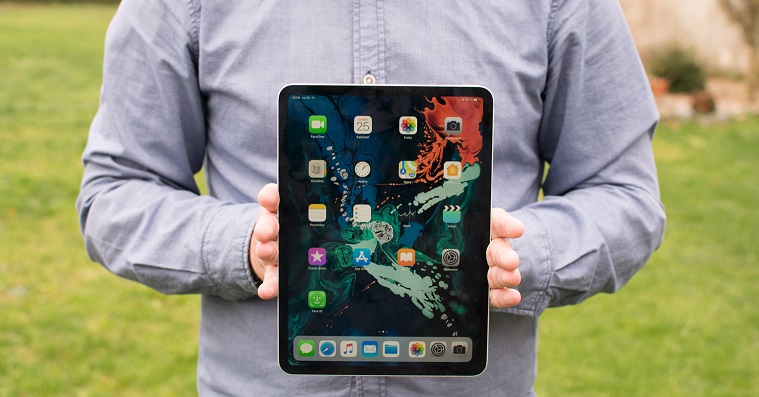
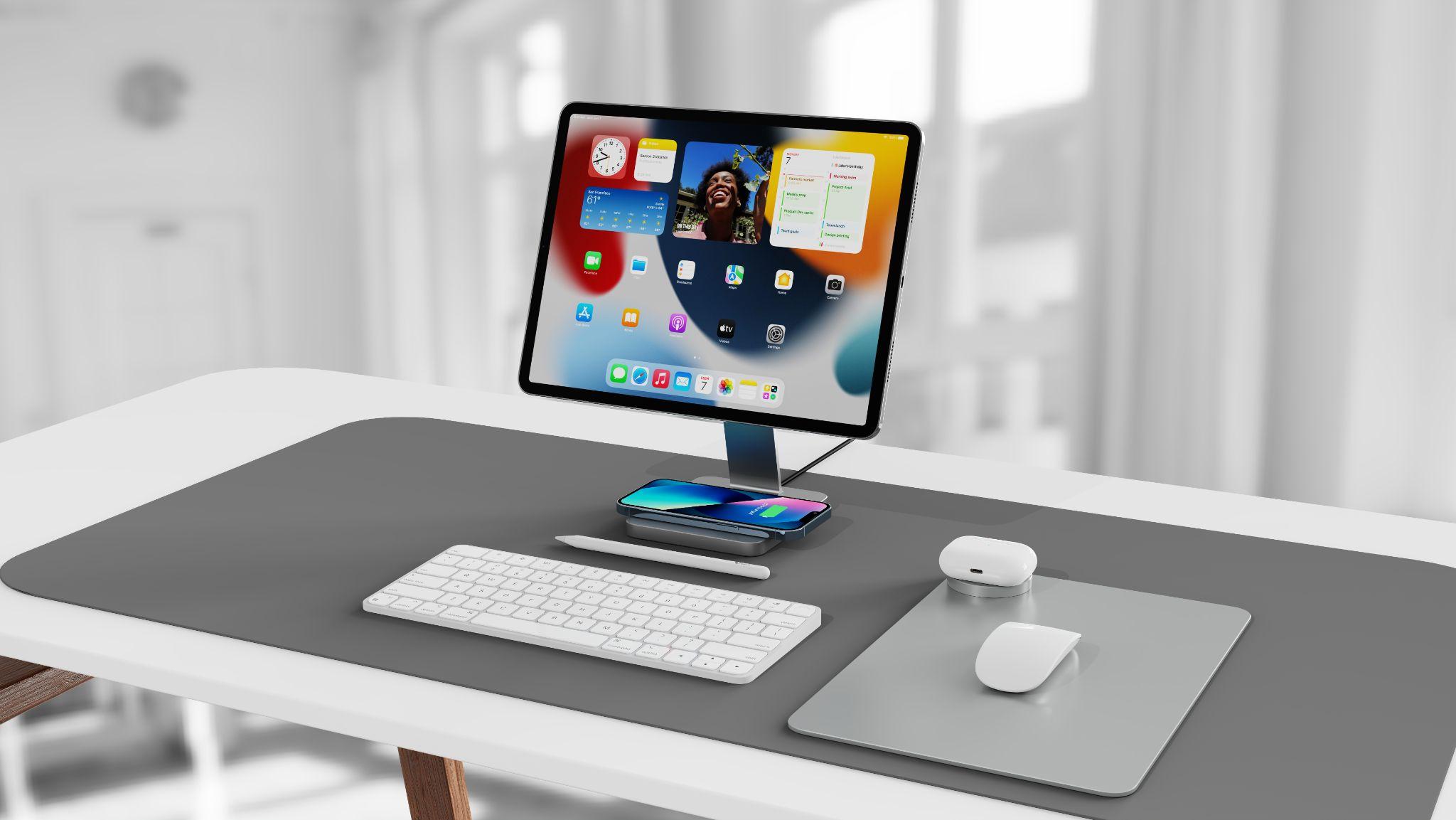


 Adam Kos
Adam Kos